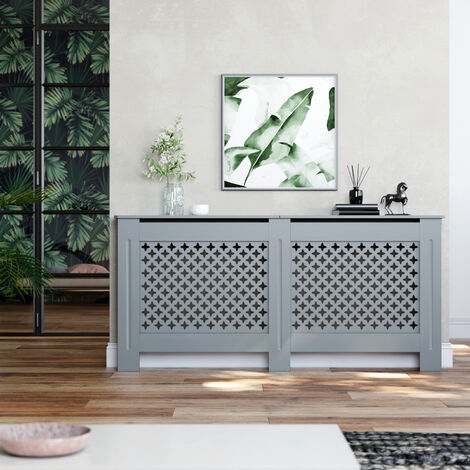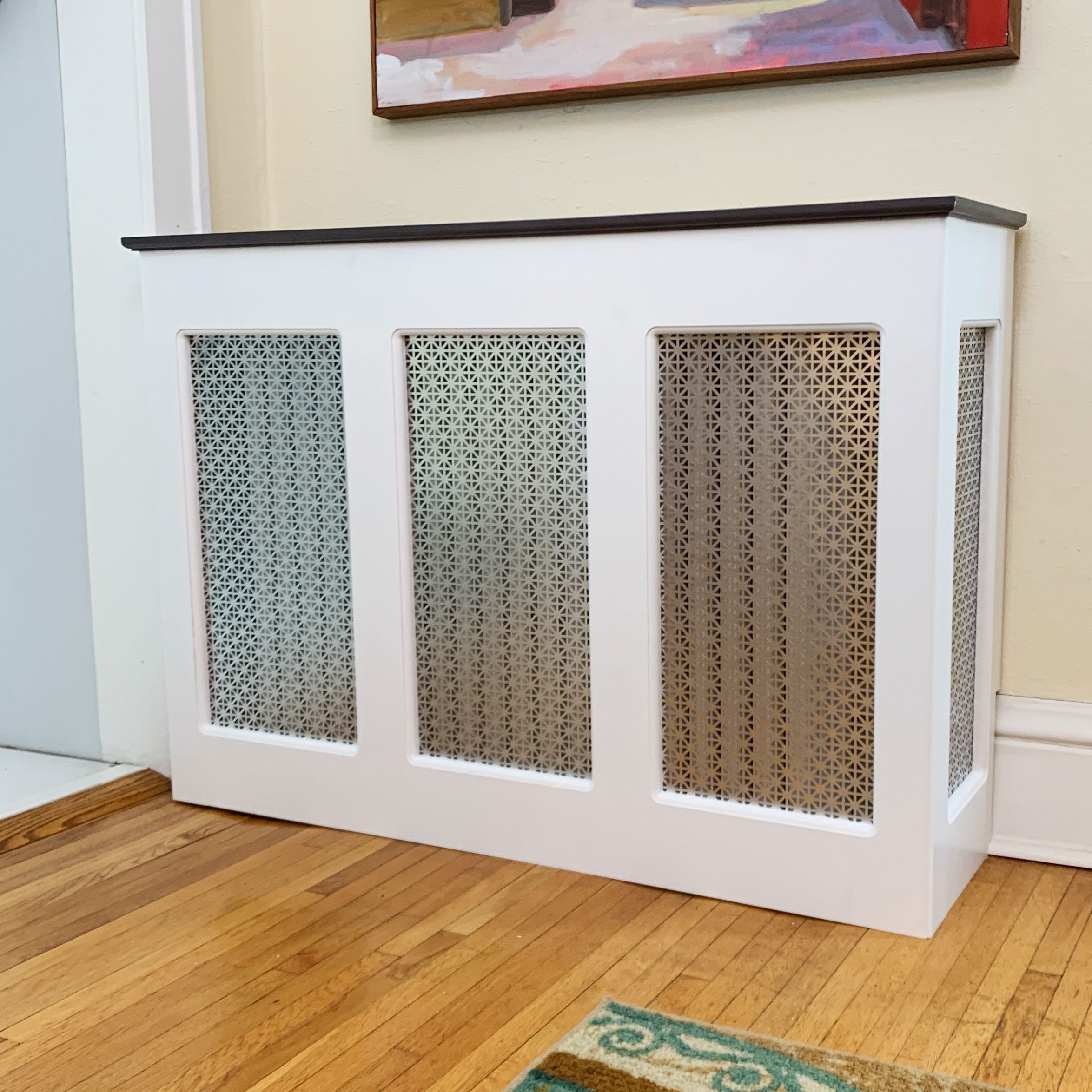The Ultimate Overview to Radiator Cover Products and Styles
The Ultimate Overview to Radiator Cover Products and Styles
Blog Article
Radiator Covers: Understanding Materials, Layouts, and Advantages
Radiator covers serve both useful and aesthetic functions within a home, offering a variety of products such as steel, hardwood, and mdf to match various style preferences. Selecting the right radiator cover includes understanding the subtleties of products, designs, and their connected advantages.
Types of Products


Wood covers, frequently crafted from woods such as oak or maple, provide a traditional, cozy appearance that matches traditional interiors. Their durability and capability to be tarnished or painted contribute to their adaptability. Steel covers, usually made from steel or light weight aluminum, are preferred for their robustness and contemporary look, usually featuring smooth lines that enhance modern rooms.
MDF, a produced wood item, is popular for its cost-effectiveness and ease of customization. It can be painted or finished to match existing decor while providing a smooth surface. Plastic covers, while much less usual, are lightweight and resistant to moisture, making them suitable for damp atmospheres.
Inevitably, the selection of product for a radiator cover need to straighten with the property owner's style preferences, useful needs, and the specific environment where the cover will certainly be mounted. Each material provides a distinct personality, making certain that there is an option to suit every taste and setting.
Popular Layout Styles
Stressing visual allure, preferred style styles for radiator covers show a series of tastes and indoor design fads. Conventional designs commonly include complex woodwork and elaborate detailing, making them suitable for vintage-inspired or timeless insides. These covers generally incorporate carved components, offering a warm and inviting feeling to any kind of space.
In contrast, contemporary layouts concentrate on minimal visual appeals, characterized by tidy lines and downplayed beauty. Materials such as steel or smooth wood with a smooth coating are frequently used, permitting these covers to blend perfectly right into contemporary spaces. Industrial designs, on the other hand, welcome raw products like exposed steel and concrete, including a strong declaration to loft space or urban setups.
For those seeking an one-of-a-kind touch, bespoke styles supply personalization alternatives that deal with specific choices, allowing homeowners to choose shades, patterns, and materials that match their style. Additionally, farmhouse-style covers incorporate rustic components, featuring distressed timber and easy types that stimulate a cozy, country appeal.
Advantages of Radiator Covers
Radiator covers not only improve the visual allure of a room but additionally provide a number of sensible advantages that make them a worthwhile addition to any type of home. Among the key advantages is safety, especially in families with children or family pets. Covers reduce the risk of burns from hot radiator surfaces, making certain a more secure environment.
Additionally, radiator covers can enhance power performance. By directing warmth into the room instead of enabling it to get away, they assist preserve a regular temperature level, lowering home heating prices with time. This is particularly valuable in older homes where radiator systems might be much less reliable.
One more significant advantage is noise reduction. Radiators can in some cases create unwanted noises throughout procedure, and covers can assist stifle these my response noises, contributing to an extra calm home. In addition, radiator covers can be useful, supplying extra storage or screen area, thus maximizing the utility of often-overlooked locations.
Last but not least, they can secure radiators from dust and particles, which can impede efficiency and rise maintenance needs. With these integrated benefits, radiator covers become a practical remedy for boosting both the capability and style of any type of home environment.
Installment Considerations
Mounting radiator covers needs careful factor to consider to guarantee both capability and security (Radiator cover). First, evaluate the measurements of your radiator and the surrounding area to make certain an appropriate fit. Precise dimensions are important; an uncomfortable cover can obstruct warm circulation or produce safety and security risks
Following, review the material of the cover. While timber offers aesthetic appeal, steel options may give much better durability and warm resistance. Take into consideration the weight of the cover as well; heavier covers might call for additional support or reinforcements to avoid sagging or damage in time.
Ventilation is one more important aspect. Covers should include ample air flow to prevent overheating and keep efficient heating. Search for styles with slats or openings that permit warmth to circulate without obstruction.
Additionally, ensure that the cover is securely installed to avoid crashes, specifically in homes with animals or kids. Radiator cover. It's a good idea to comply with the blog maker's installment standards carefully and, if necessary, speak with an expert for complicated installations
Maintenance and Care Tips
Proper upkeep of radiator covers is essential for guaranteeing their long life and visit this site optimum efficiency. Routine cleansing is crucial; dirt and particles can collect, blocking air flow and decreasing heat efficiency. Make use of a soft, wet towel or a microfiber duster to carefully wipe the surface, staying clear of harsh chemicals that might damage the finish. For repainted or timber covers, think about a suitable polish or safety finish to preserve their appearance.
Inspect the covers periodically for indicators of wear or damages, such as cracks or peeling off paint. Attending to these issues without delay can stop further damage. Make sure that the covers are securely secured and look for any loose screws or installations, as vibrations from the radiator can loosen them with time.
In chillier months, avoid positioning heavy objects or ornamental things on top of the radiator covers, as this can impede warm distribution and trigger unneeded anxiety to the framework. Finally, consider seasonal maintenance by getting rid of the covers for extensive cleansing and inspection throughout warmer months when the heating unit is inactive. Embracing these straightforward care pointers will improve the efficiency and aesthetic charm of your radiator covers, guaranteeing they serve their function successfully for several years to come.

Final Thought
In recap, radiator covers offer as functional and aesthetic enhancements to property rooms. Careful consideration of installment and upkeep further makes sure the long life and effectiveness of radiator covers in any type of home atmosphere.
Radiator covers offer both aesthetic and functional objectives within a home, offering a range of materials such as metal, mdf, and hardwood to fit different layout preferences. Choosing the best radiator cover includes comprehending the subtleties of products, layouts, and their linked advantages.Stressing visual appeal, popular design styles for radiator covers reflect a variety of preferences and indoor style fads.Radiator covers not only enhance the visual allure of an area yet additionally supply numerous practical advantages that make them a worthwhile enhancement to any kind of home. Consider the weight of the cover as well; larger covers might call for extra assistance or reinforcements to avoid sagging or damages over time.
Report this page